Features From the Issue
-
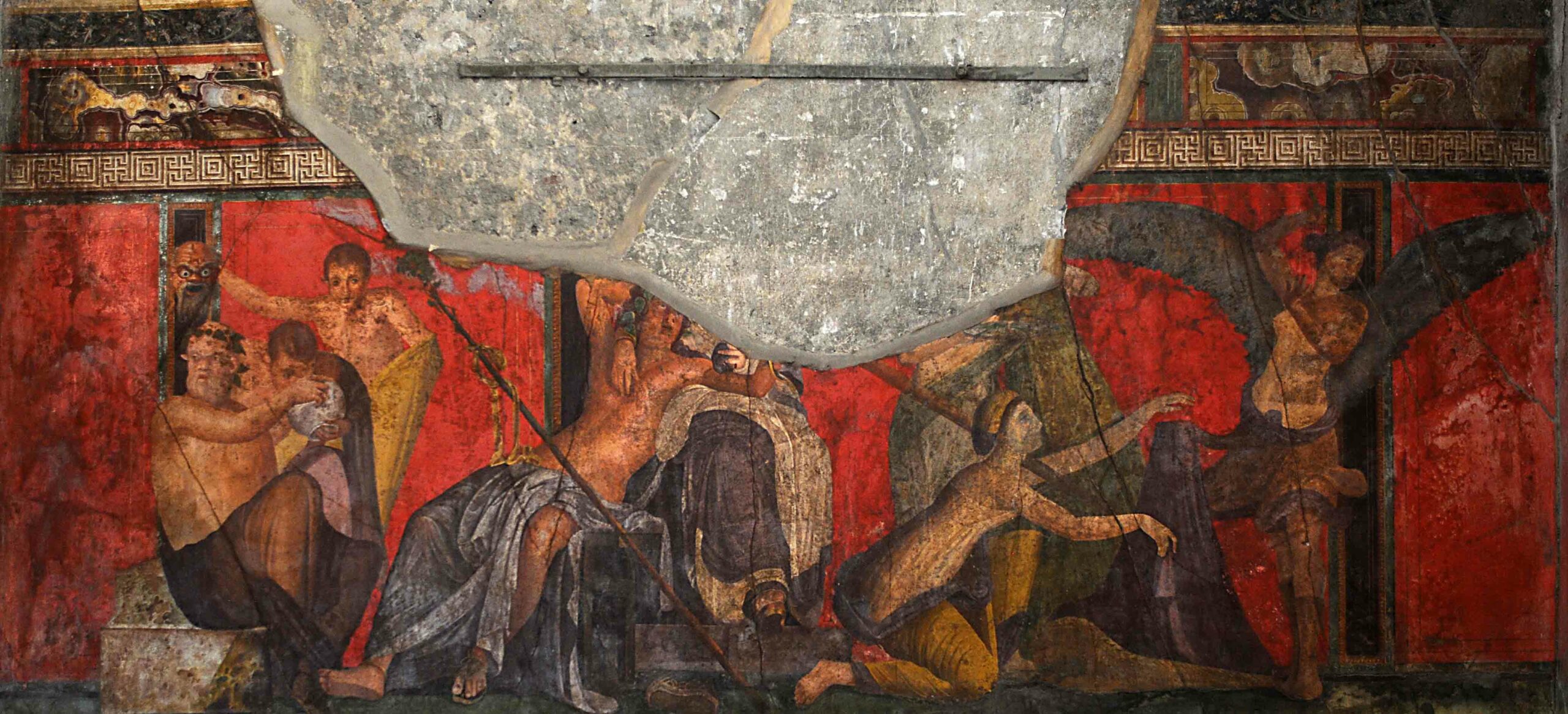 (Pasquale Sorrentino)
(Pasquale Sorrentino) -
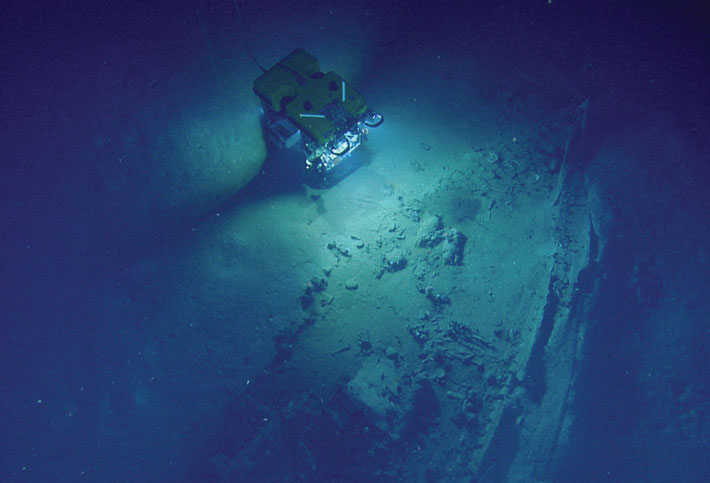 (Courtesy NOAA)
(Courtesy NOAA) -
Features
Messengers to the Gods
During a turbulent period in ancient Egypt, common people turned to animal mummies to petition the gods, inspiring the rise of a massive religious industry
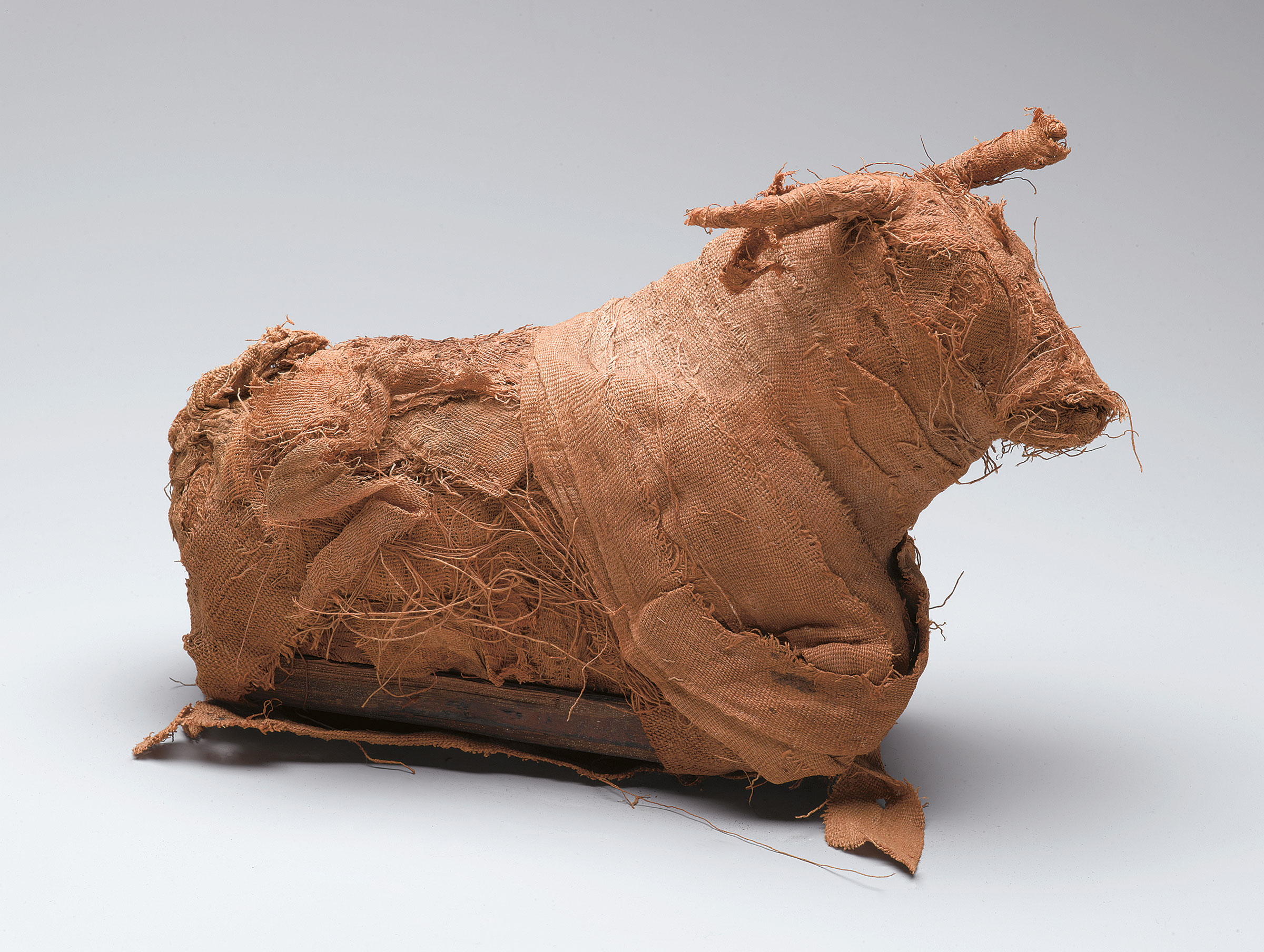 Courtesy The Brooklyn Museum
Courtesy The Brooklyn Museum -
Features
A Change of Fortune
A destroyed tomb, a stone epitaph, and the last powerful women of Imperial China
-
Features
A Well-Aged Vintage
Archaeologists discover a 3,700-year-old wine cellar
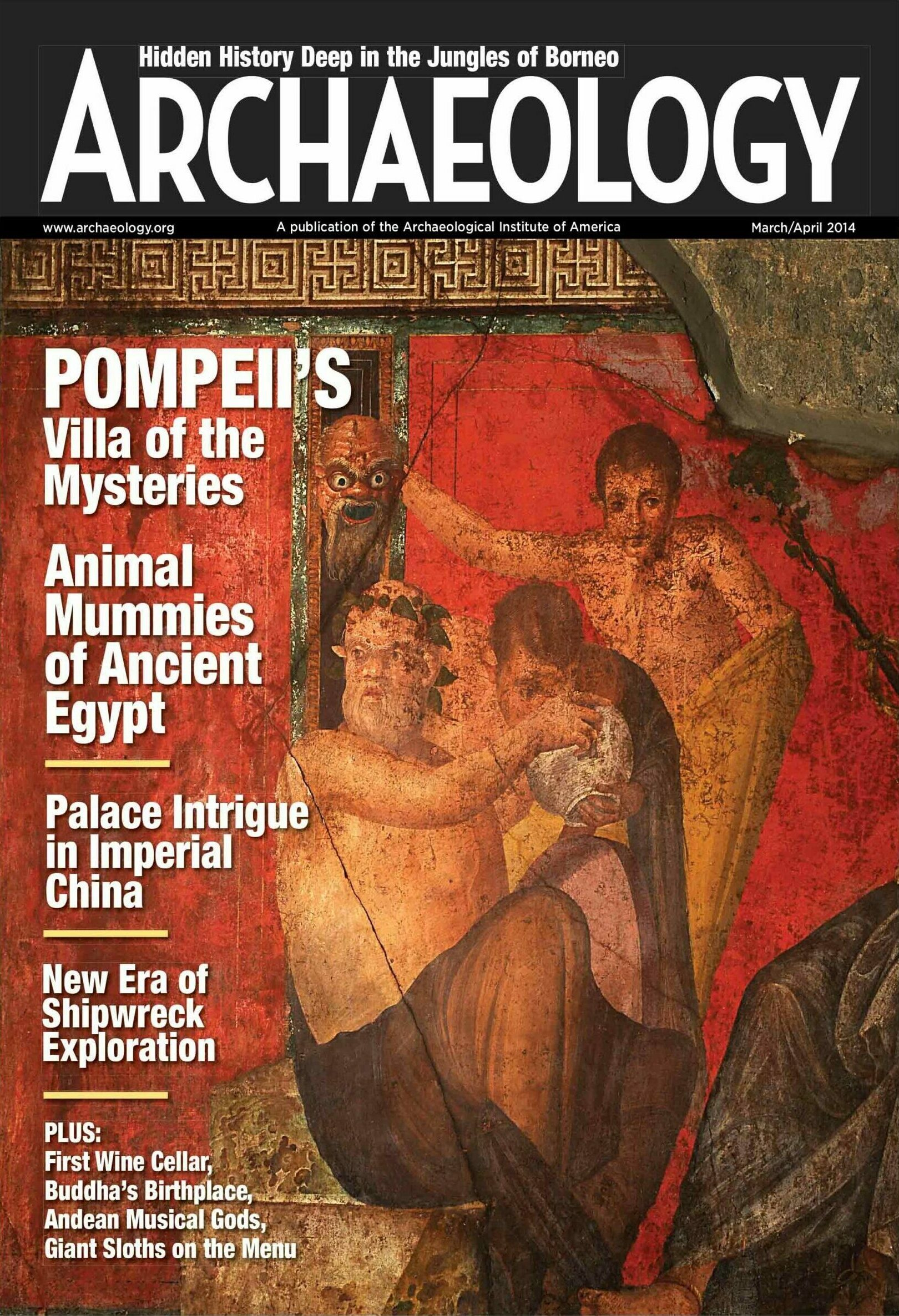
Letter From Borneo
Letter From Borneo
The Landscape of Memory
ARCHAEOLOGY, oral history, and culture deep in the Malaysian jungle
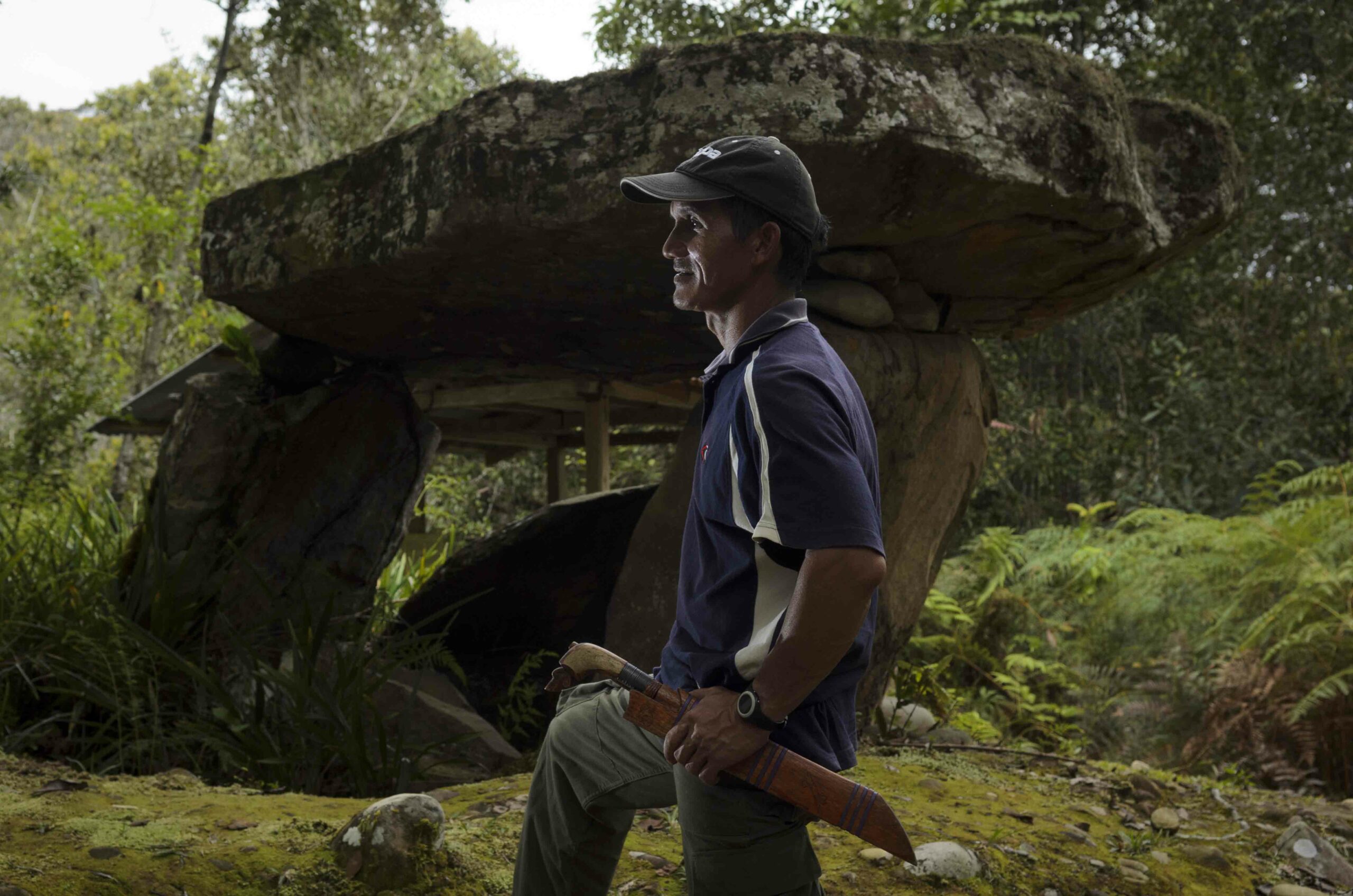
Artifact
Artifacts
Chimú-Inca Funerary Idols
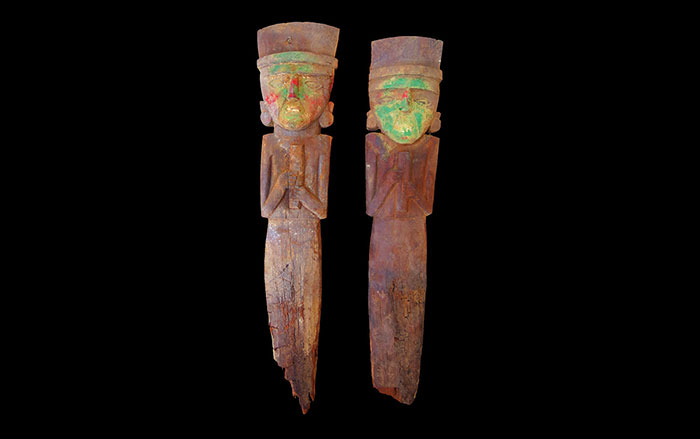
Digs & Discoveries
-
Digs & Discoveries
Our Tangled Ancestry
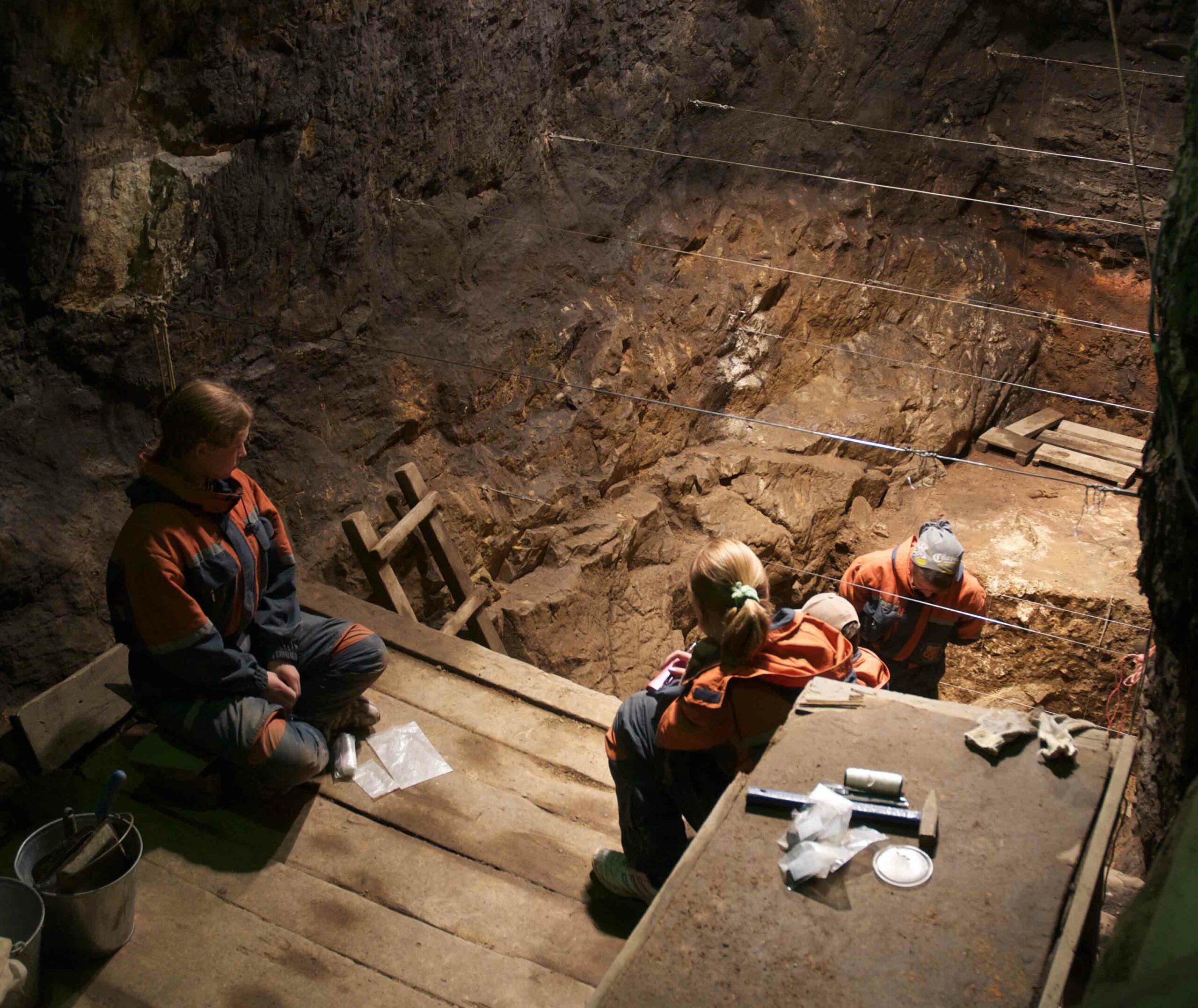 (Courtesy Javier Trueba, Madrid Scientific Films)
(Courtesy Javier Trueba, Madrid Scientific Films) -
Digs & Discoveries
Viking Finery
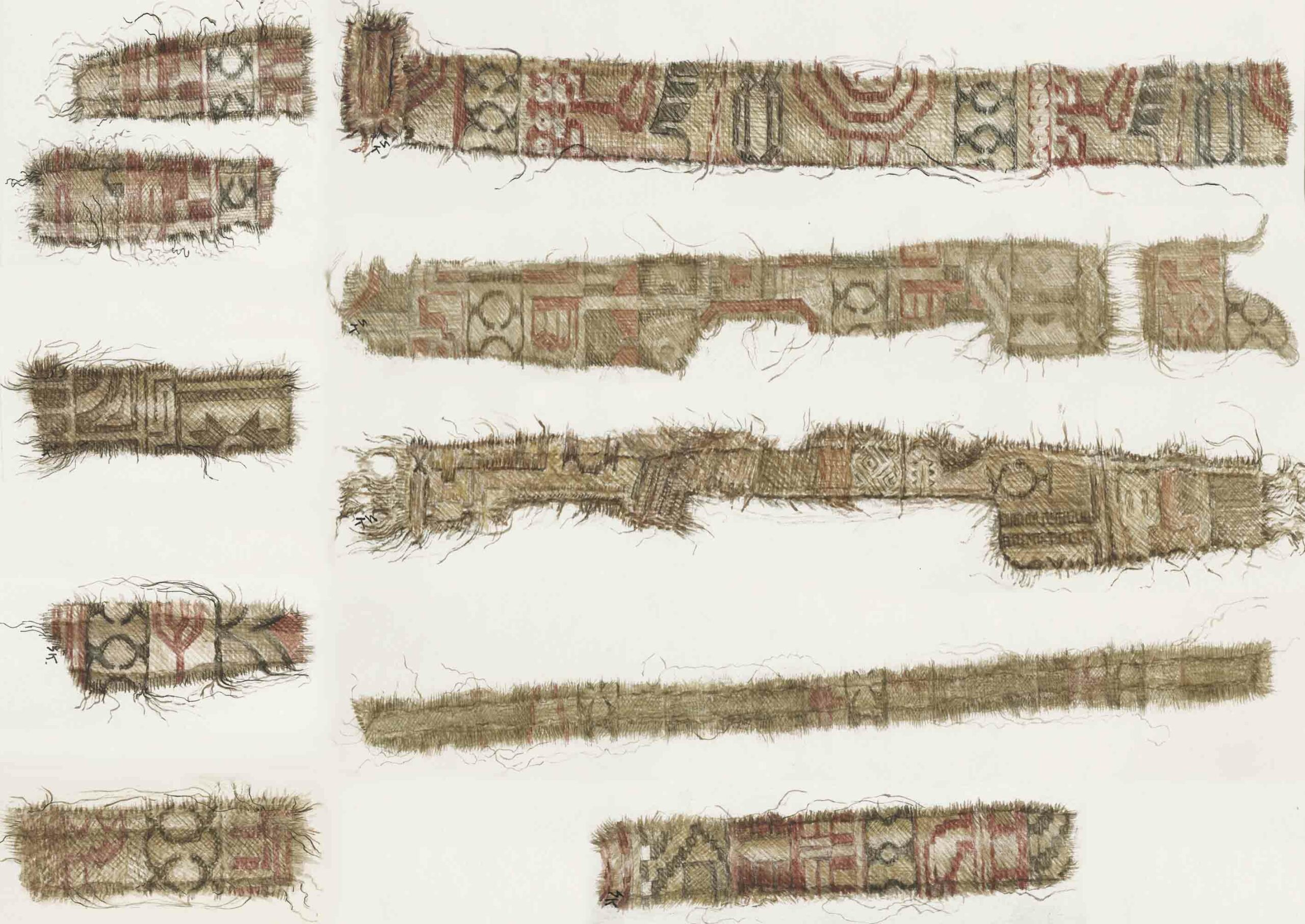 (Courtesy Museum of Cultural History, University of Oslo)
(Courtesy Museum of Cultural History, University of Oslo) -
Digs & Discoveries
Scuttled but Not Forgotten
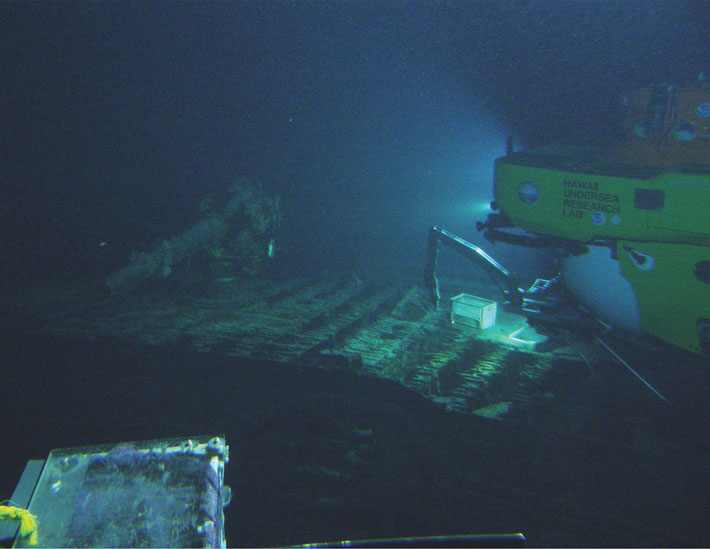 (Courtesy Hawaii Undersea Research Laboratory)
(Courtesy Hawaii Undersea Research Laboratory) -
Digs & Discoveries
Game of Stones
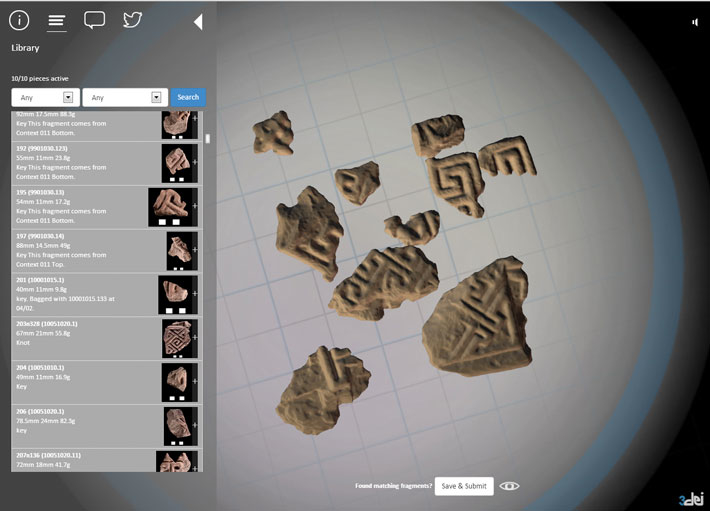 (Courtesy National Museum Scotland and 3dei & Relicarte)
(Courtesy National Museum Scotland and 3dei & Relicarte) -
Digs & Discoveries
How to Pray to a Storm God
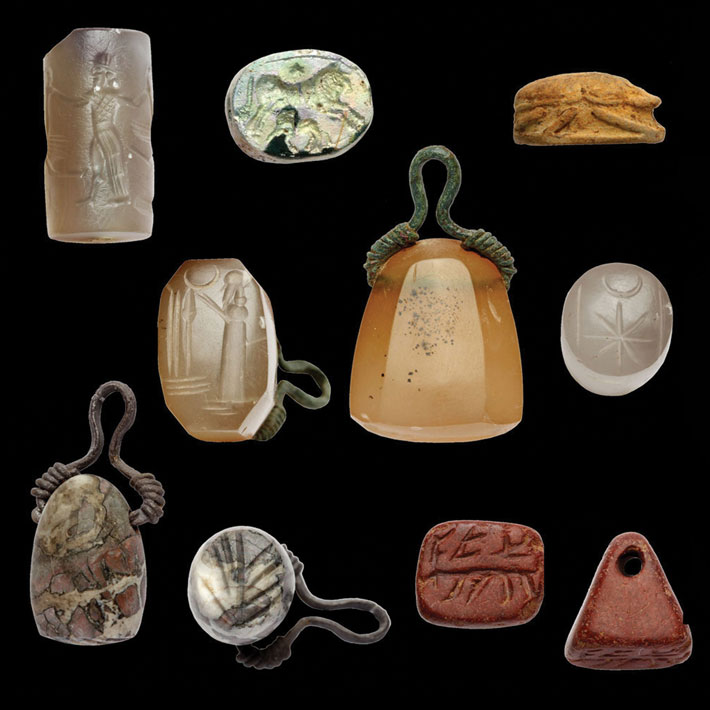
-
Digs & Discoveries
Triangulating Buddha's Birth
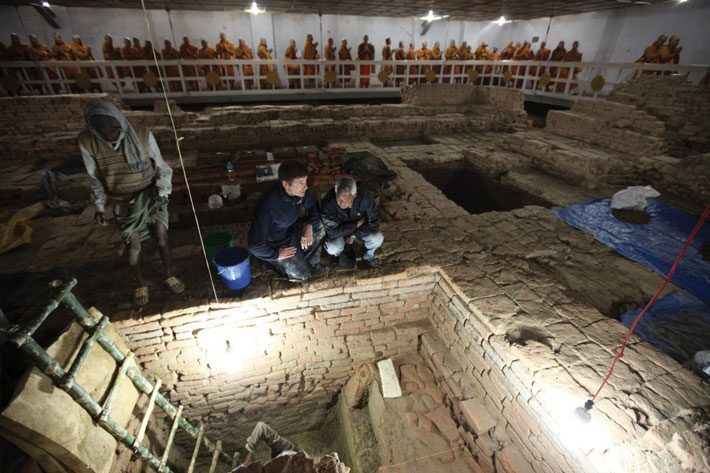 (Ira Block/National Geographic)
(Ira Block/National Geographic) -
Digs & Discoveries
Mesopotamian Accounts Receivable
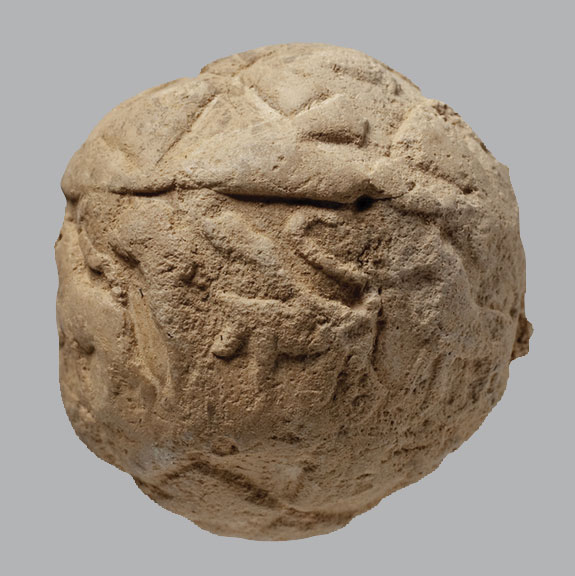 (Courtesy of the Oriental Institute/Photo: Anna R. Ressman)
(Courtesy of the Oriental Institute/Photo: Anna R. Ressman) -
Digs & Discoveries
Barbarian Body Modification
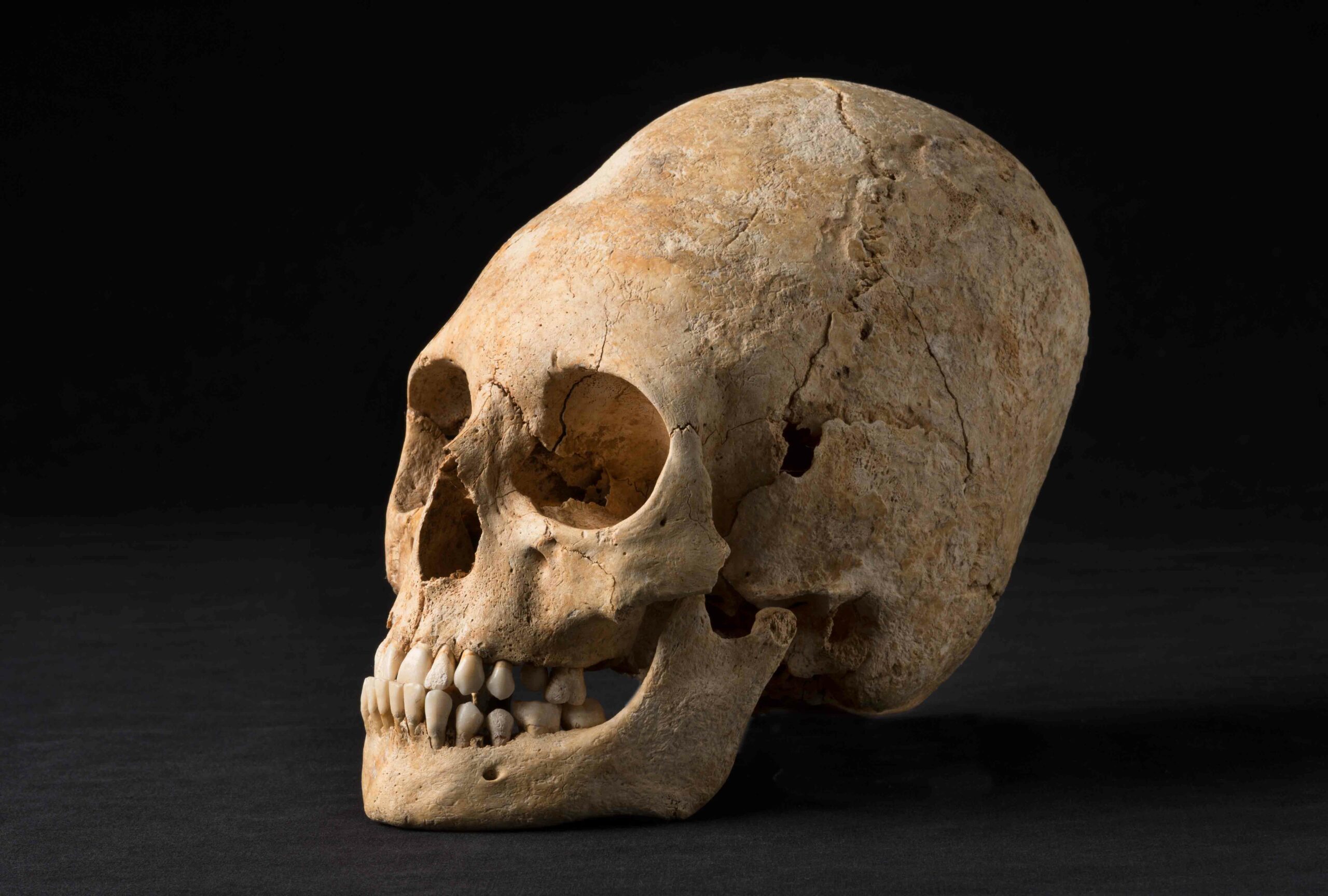 (Courtesy Denis Gliksman/Inrap)
(Courtesy Denis Gliksman/Inrap) -
Digs & Discoveries
Did Neanderthals Bury Their Dead?
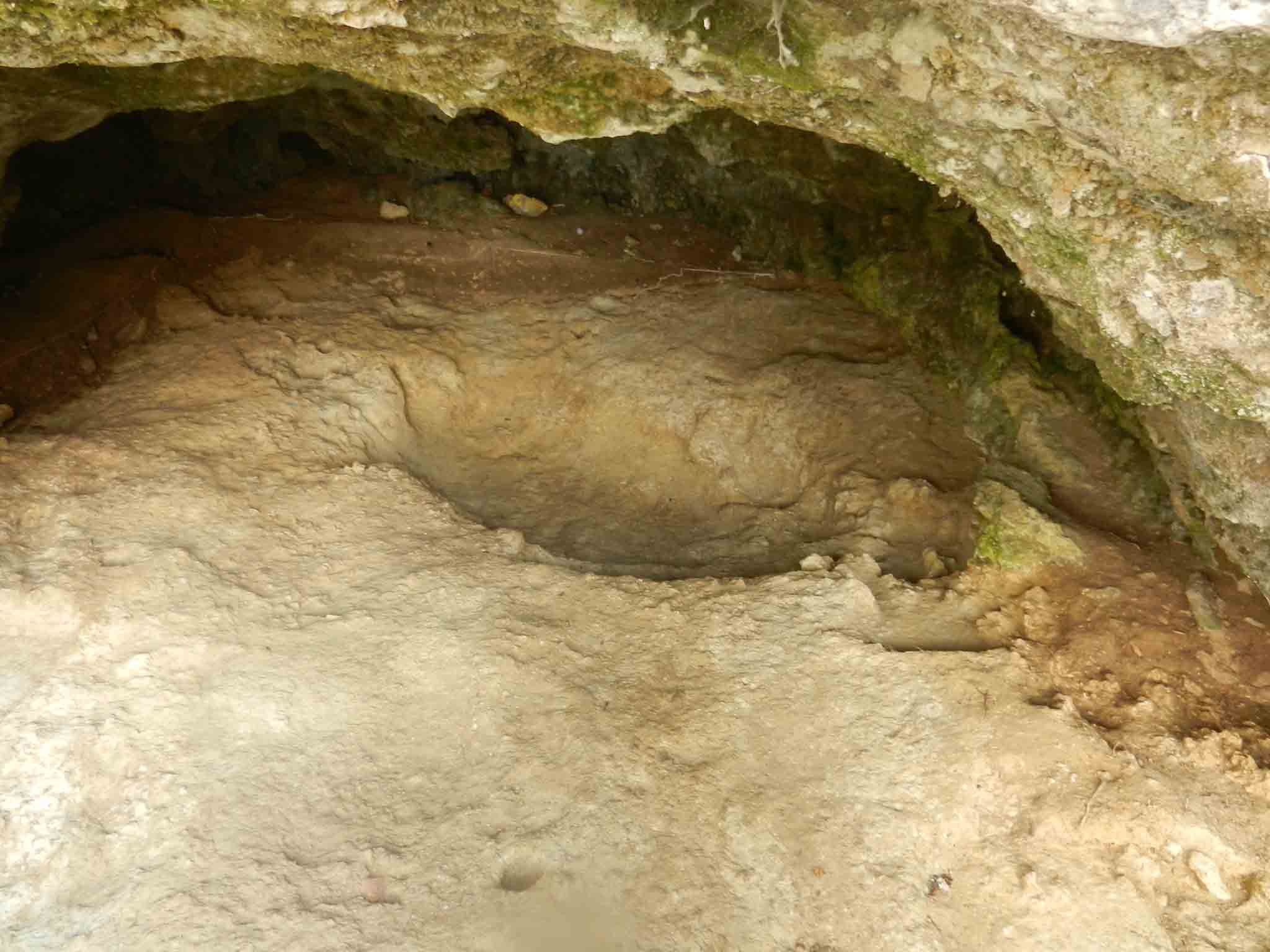 (Courtesy Achéosphère)
(Courtesy Achéosphère) -
Digs & Discoveries
Florida History Springs Forth
 (Courtesy SEARCH)
(Courtesy SEARCH) -
Digs & Discoveries
Turtle Power
 (Courtesy Centre for Biorobotics, Tallinn University of Technology)
(Courtesy Centre for Biorobotics, Tallinn University of Technology) -
Digs & Discoveries
Battle of the Proxies
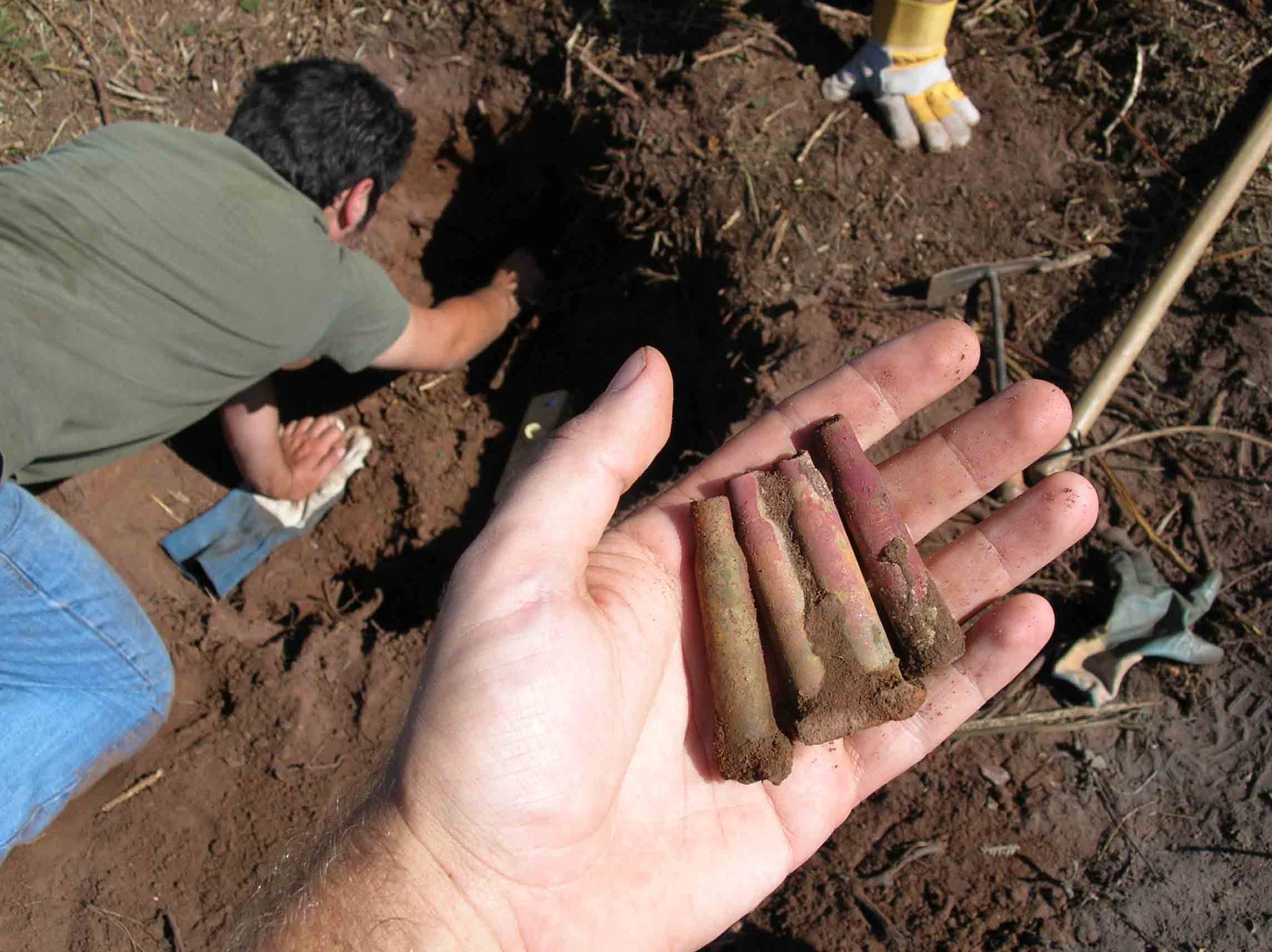 (Courtesy Alfonso Fanjul Peraza)
(Courtesy Alfonso Fanjul Peraza)
Off the Grid
Off the Grid March/April 2014
Dorchester, South Carolina
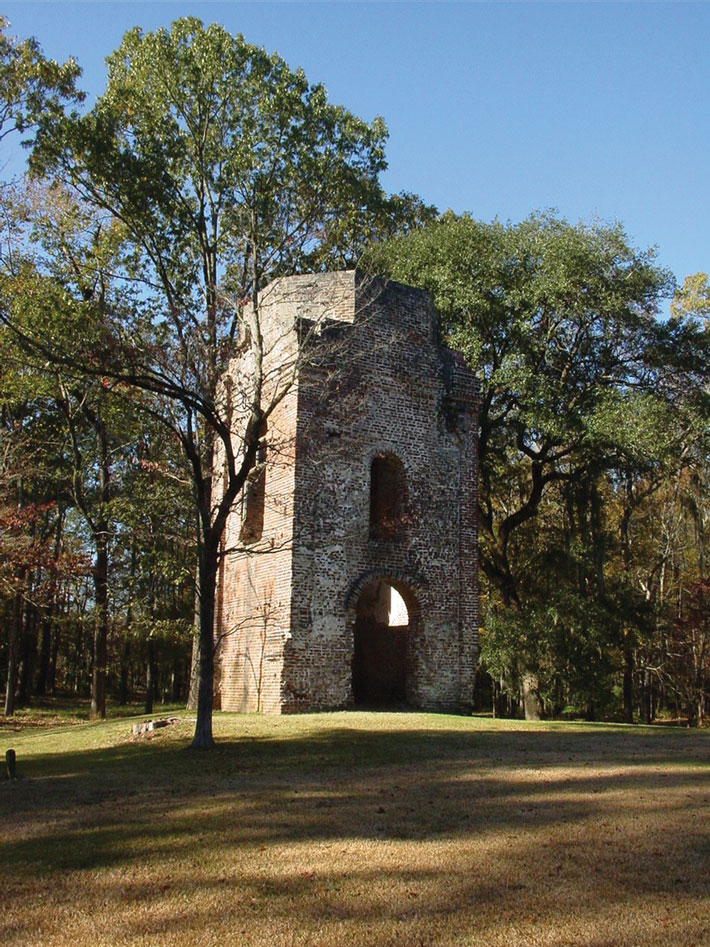
Around the World
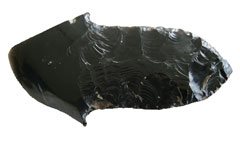
PAPUA NEW GUINEA

PAPUA NEW GUINEA: In late 2010, at a construction site on New Britain Island, archaeologists uncovered a cache of sophisticated obsidian tools dating to between 3,000 and 6,000 years ago. Upon analysis, scientists found that at least five of the tools were thin, fragile, and unused—suggesting a ritual or decorative purpose—and appear to have a distinctly phallic shape. There are few archaeological sites from this period in Papuan history, and the discovery suggests an early, previously unrecognized trade in ritual objects before the emergence of the Lapita culture across the South Pacific. —Samir S. Patel
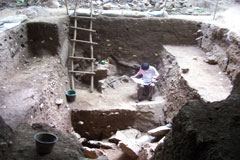
PHILIPPINES

PHILIPPINES: Skeletal remains dating to more than 9,000 years ago tell of a previously undocumented burial ritual involving disarticulation, defleshing, crushing, and then burning. The fragmentary bones bearing signs of this complex activity were buried in a shallow pit outside the mouth of Ille Cave. Five other sets of remains found there bear similar marks. Clearly, it was an elaborate process, but much is still unknown about the culture that engaged in it. —Samir S. Patel
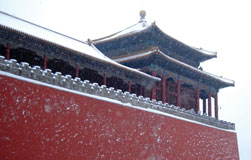
CHINA

CHINA: Countless words have been written about how the Egyptians moved the large stone blocks of the pyramids into place, but less attention has been paid to how the Chinese moved the massive blocks of the Forbidden City in Beijing in the 15th and 16th centuries. A new analysis of historical records and mechanical tests shows that stone could have been moved 40 miles, from quarry to the Forbidden City, on ice roads lubricated with water. Just 46 men would have been needed to move a 123-ton block. —Samir S. Patel

